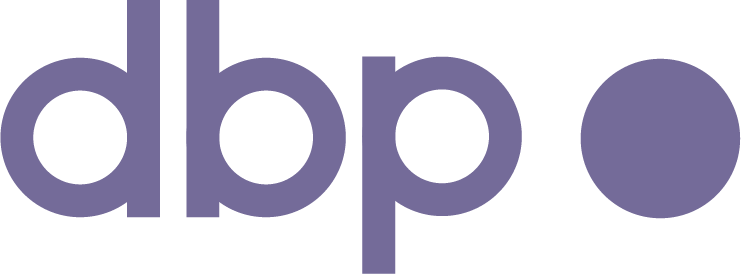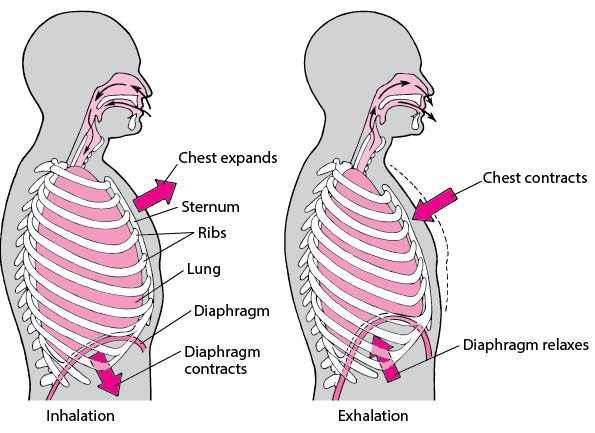June 2021 Theme – Reconnecting to Breath/Abs/Core
“The missing pillar in health is breath. It all starts there.”
― James Nestor, Breath: The New Science of a Lost Art
With our June launch, DBP will begin highlighting a body/movement theme each month. We will engage the DBP community through classes, workshops, anatomy explorations and social media posts that explore and deepen our embodied experience of the theme.
Breath and the muscles that support breathing will be the focus for June 2021. Our breath was under assault on many fronts during 2020 – Covid, Wild Fires (in California), Police Violence – and many people lost their breath to illness and violence. Many of us are grieving multiple losses – loved ones, homes, jobs, community. In Traditional Chinese Medicine the lungs are understood to hold grief. As we begin to re-emerge from shelter in place and breath together again, DBP is focusing on the breath, finding deep, expansive breath and the ways our core can support our healing and joy.
I am not an expert in breath. There are experts, and many long traditions in Yoga, QiGong, and other modalities that have accumulated knowledge and wisdom over thousand year old traditions. I encourage you to explore and play with these different practices. A great place to start is with Science Journalist James Nestor’s Breath: The Lost Art and Science of Breath. It is fascinating and informative and gives lots of exercises to try and resources to deepen your exploration. During shelter in place along with reading Nestor’s book I did Yamuna Breath Work, Yang Sheng Gong, Talawa Technique trainings all of which gave me new perspectives on breath as a tool for healing and support for movement.
For years in Yoga classes holding some hard pose went hand in hand with holding my breath, despite teachers cueing me to breathe. I could not understand how you could do both. My experience both personally and in my practice is that finding the breath pattern that supports stability and movement can be challenging. Many of us only breathe into the upper chest, or create a compression down into our abdomen and pelvic floors to stabilize. Many of us don’t fully exhale, many of us hold our breath when we’re doing something hard both physically and otherwise. When we most need our breath – rigorous physical activity or a stressful situation – we don’t have access to it. Additionally, tightness in the upper back, shoulders, chest, and the muscles between the ribs can limit the capacity of our lungs to expand.
Try this to breath work exercise to build lung capacity, stretch from the inside out and begin learning to direct the breath.
Understanding the anatomy
I find that the clearer the understanding of the anatomy of breathing is for both myself and people I work with, the easier it is to feel the breath in the body. Very simply, when we inhale everything expands down – our lungs expand, the diaphragm contracts (moving down), the deep abdominals soften, the pelvic floor muscles gently expand. When we exhale and the lungs empty, the pelvic floor muscles contract, deep abdominals gently engage, diaphragm contract. I like to visualize the breath moving down my torso on the inhale and sliding up on the exhale.
The deep abdominals are an important muscular support for the breath. See the video below to find your deep abdominals and experience how they support breathing.

